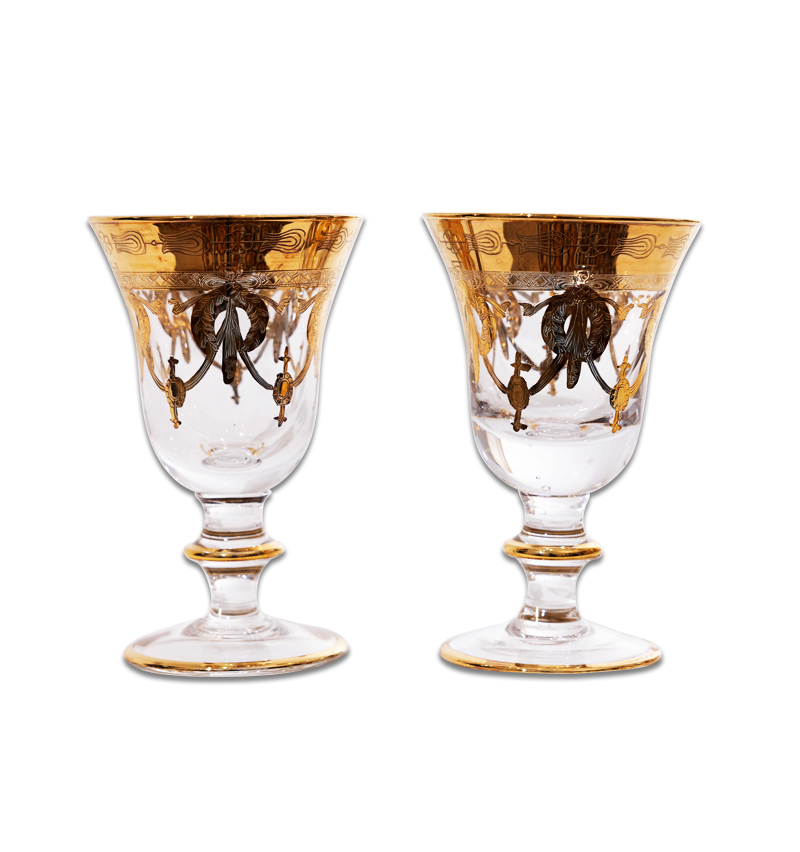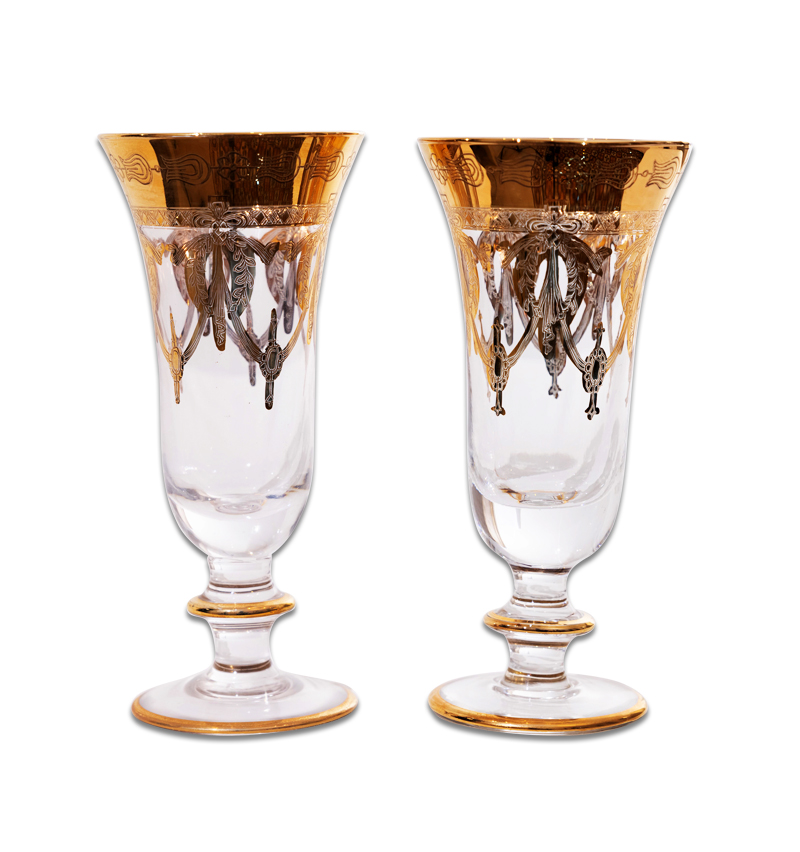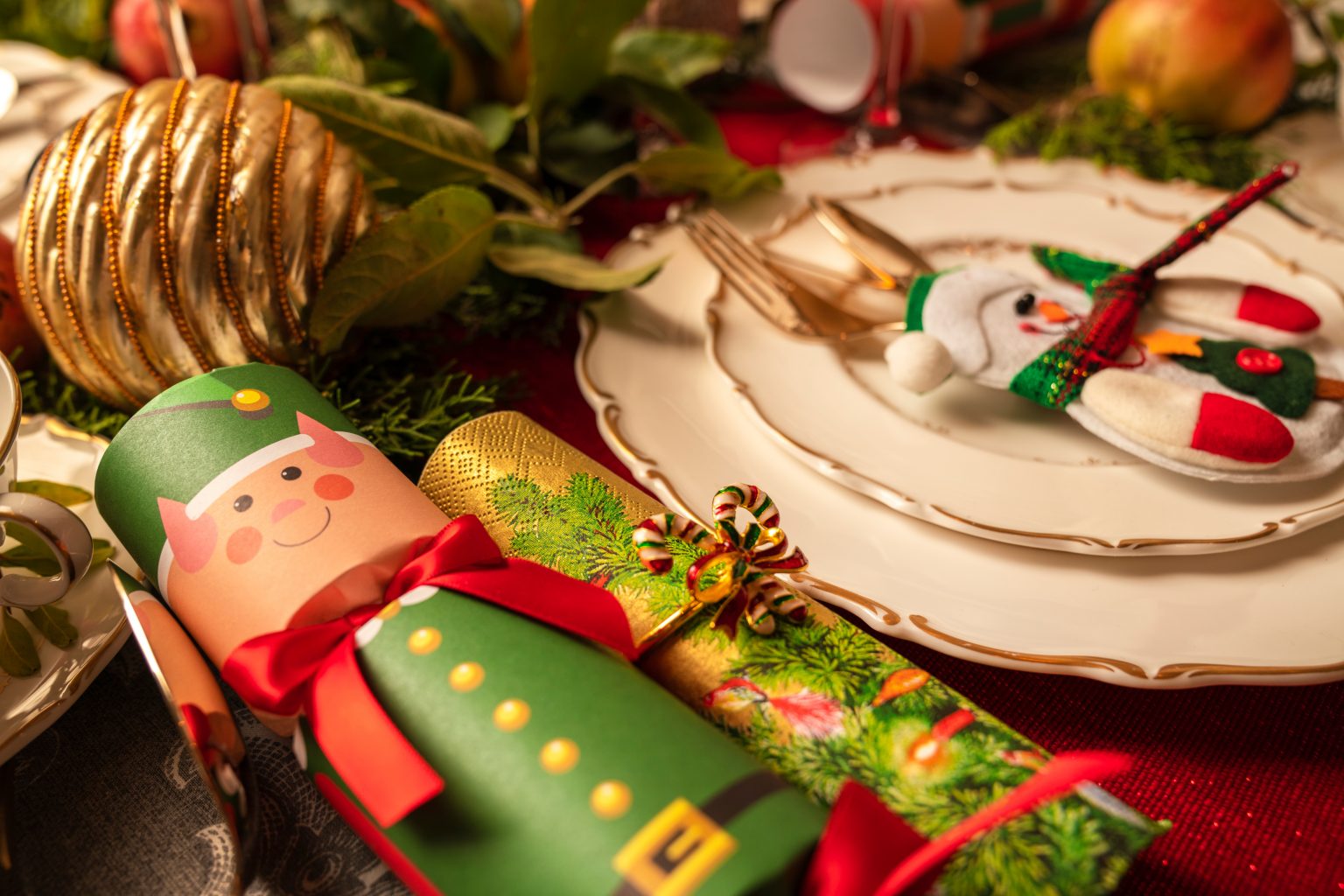What comes to mind when you think of Christmas? Presents! Decorations! Cosy family time! But let’s not forget the traditional Christmas feast. Regardless of culture, it’s a time everyone enjoys some gluttonous frivolity all around the world. But how did we come to associate certain dishes with these festivities? There’s a story behind each one!

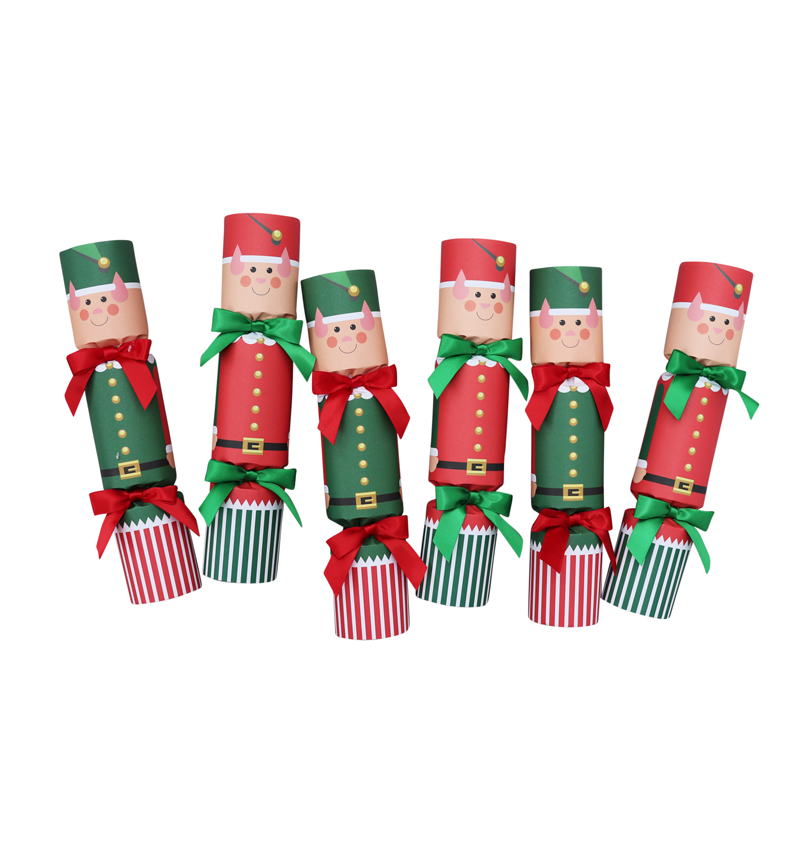
GOOSES! GEESES!
Before turkey became popular, goose was the traditional Christmas meat. Those families who lived off the land had to choose which animals they’d eat on special occasions very carefully. Since hens provided eggs and cows gave milk, geese, which lay eggs only seasonally, were the best option.
TASTY TURKEY
Is there any other form of poultry most associated with Christmas dinner? Even though we usually associate turkey with American Thanksgiving, this bird was actually introduced to England in the 16th century. Despite being poorly adapted to the English climate, as well as typically being a dry, bland meat, turkey quickly became the meat of choice for Christmas. As healthcare improved over the years, large rural families had more mouths to feed, so the traditional goose was no longer enough. Turkeys were relatively cheap to raise and grew to a great size, so it was the perfect choice!
In a way, the turkey tradition began with the working class, as more affluent families opted for game meats to exhibit their status. By the 18th century, and thanks to being immortalised in Charles Dickens’ novella, A Christmas Carol (remember that heartwarming scene with Bob Cratchit?), the turkey became solidified in both British and American cultures.
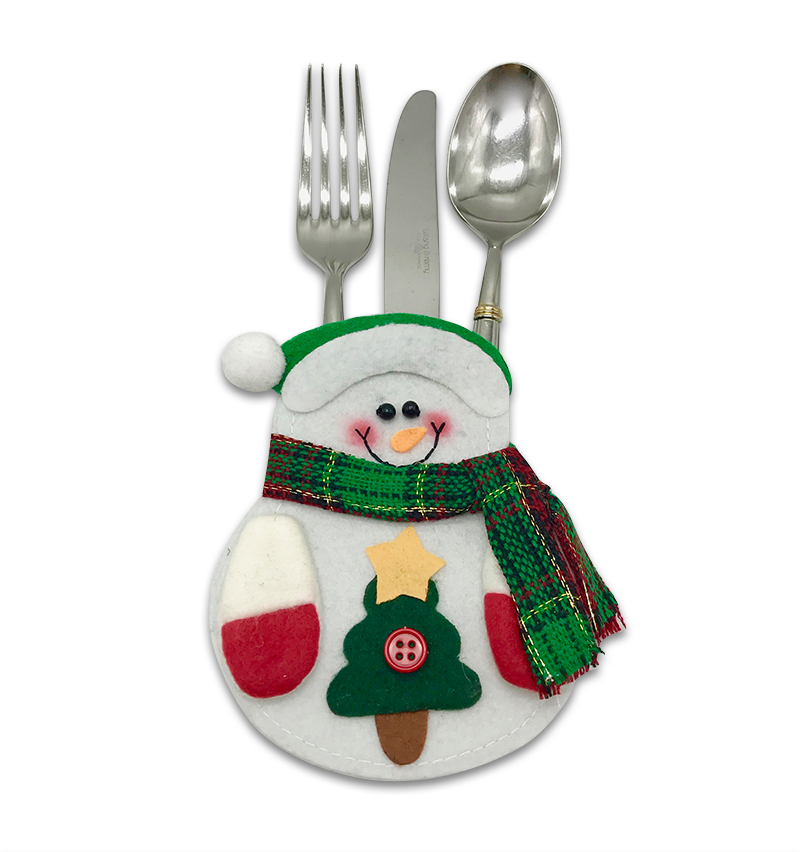
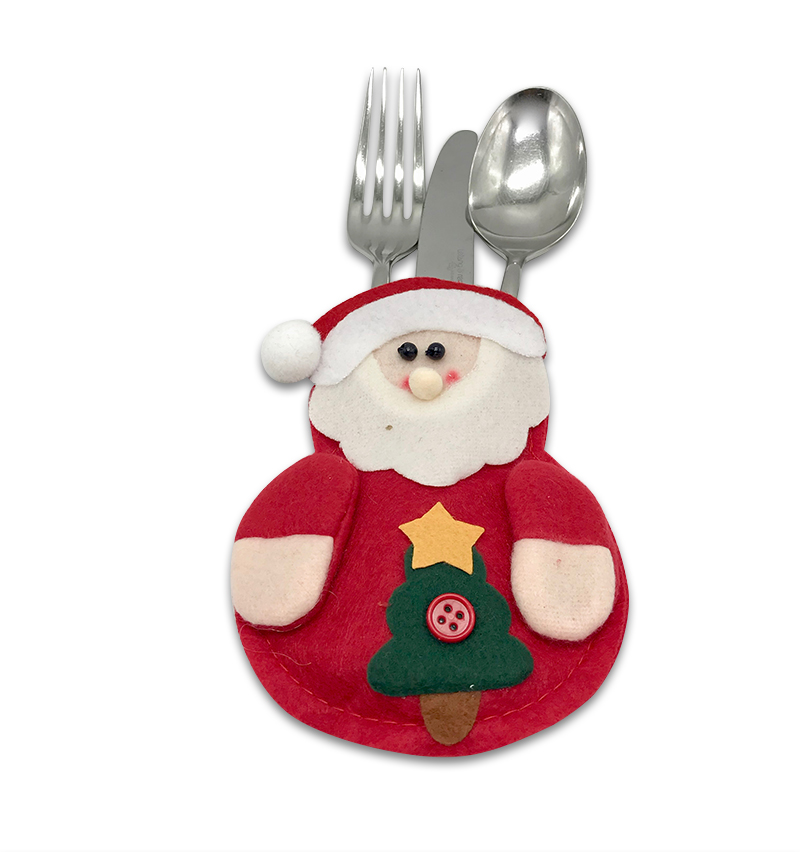
HAMMING IT UP
Whether it’s glazed, baked, or served as cold cuts in sandwiches the day after, pork has been a staple at Christmas tables for ages. During Scandinavian Yule celebrations, a pig would be sacrificed to the Norse god of the sun, harvests, and fertility, Freyr. So too did the Ancient Romans, feasting on boar during Saturnalia.
Before explorer Sebastian Cabot supposedly introduced turkey to 16th-century England, wealthy families opted for peacock or swan to demonstrate their affluence, while everyone else had boar. However, a boar’s head placed at the centre of the table still remained a tradition, most likely a holdover from pagan rituals.
The earliest instance of a boar’s head appearing in a recipe comes from Sabina Welserin’s 1553 German cookbook, which called for the boar’s head to be boiled, placed on a grate, drenched in wine, roasted, and constantly basted with more wine. It was then served with a black sauce made from wine, cherry syrup, sugar, ginger, pepper, cloves, raisins, almonds, and cinnamon. Yummy!
SUGAR, SPICE, AND EVERYTHING NICE
Yes, we’re talking about gingerbread! When the Crusaders returned from the Middle East in the 11th century, they brought spices, sugar, almonds, and citrus fruits back with them. At the time, these ingredients were incredibly expensive and only used on special occasions. They were even used as currency at one point!
The concept of gingerbread men most likely originated from Catholic monks moulding the mixture into decorated figures of saints and religious motifs for saints’ days and festivals. As the prices of these ingredients dropped, they became more popular and were sold at county fairs.
It’s said that Queen Elizabeth I liked to have the likenesses of visiting dignitaries shaped into elaborate gingerbread figures, complete with gold leaf to showcase wealth. Ever since the Victorian era, it’s become a beloved tradition to make edible gingerbread ornaments to hang from one’s Christmas tree. And let’s not forget the classic gingerbread house! We feel like re-reading Hansel & Gretel by firelight now.
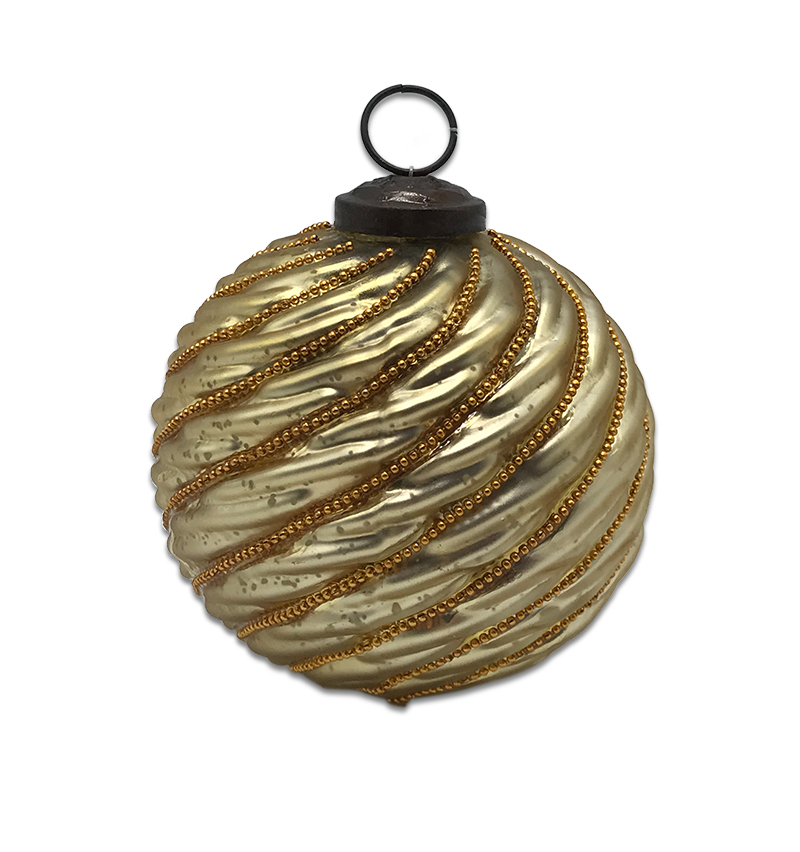
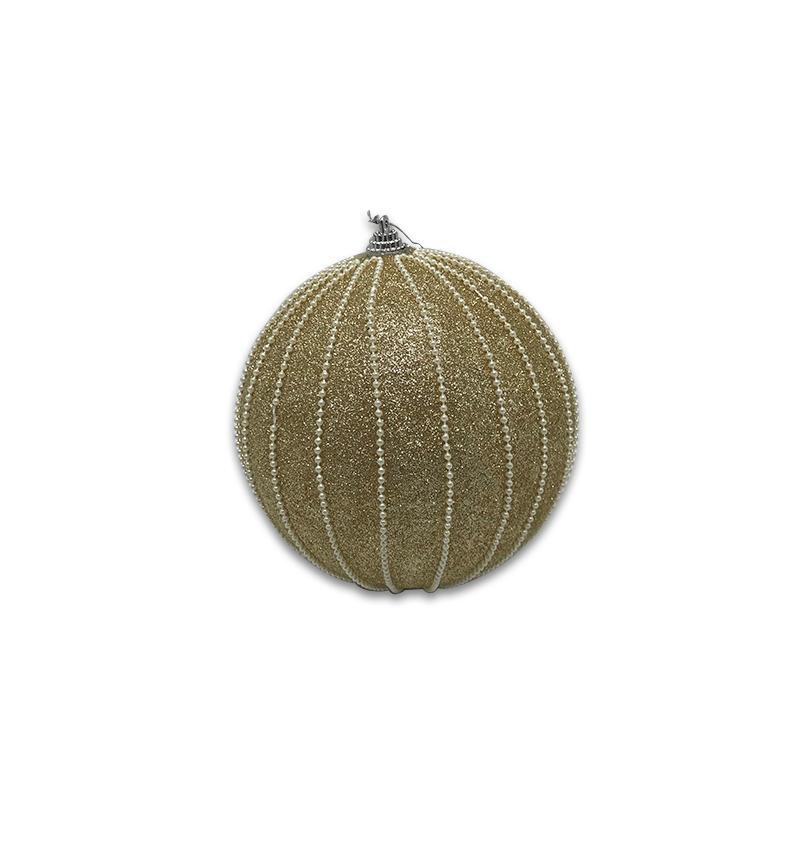
PUDDING, ANYONE?
The celebrated Christmas pudding originally began in the early 15th century as plum porridge, a rather unappetising savoury gelatinous mixture that consisted of chopped beef or mutton, vegetables, dried fruit, breadcrumbs, wine, herbs, and spices. By the 16th century, the meat and vegetables started to disappear from the recipe, eventually becoming a rich pudding served on feast days. By the 1670s, it became a Christmas staple. In fact, we still use pretty much the same recipe from the 19th century, though some still choose to add suet as a nod to the original meat concoction.
During the Yule festival, this would have been set alight to symbolise the rebirth of the sun, as well as decorated with a sprig of holly to represent everlasting life in winter. We still do this! A silver coin was also placed inside the mixture for abundance. If you want to stay true to this tradition, try finding an old sixpence!
JUST A SMALL SLICE, PLEASE
The rich Christmas fruitcake also started as plum porridge, but by the 16th century, butter was added, the oatmeal was replaced by flour, and finally eggs to hold it all together. In the Middle Ages, the original plum cake was made to celebrate Twelfth Night (5th January), when the three wise men set out to see the baby Jesus. In fact, the spices are meant to symbolise their gifts to the infant, and a sweet treat with rare almonds and dried fruit was always welcome during the colder months. It was made in advance by those knowledgeable enough not to burn the expensive ingredients in primitive, temperamental ovens, then wrapped up and preserved in alcohol for a year.
Originally, this was a time of feasting, drunkenness, and debauchery. However, in 1870, Queen Victoria banned these festivities, deeming them inappropriate. Eventually, the almonds were replaced with marzipan, and it became fashionable to decorate the cake with a snow-covered landscape. A tradition states that all the family must take turns stirring the mixture in a clockwise motion with their eyes shut while making a wish!

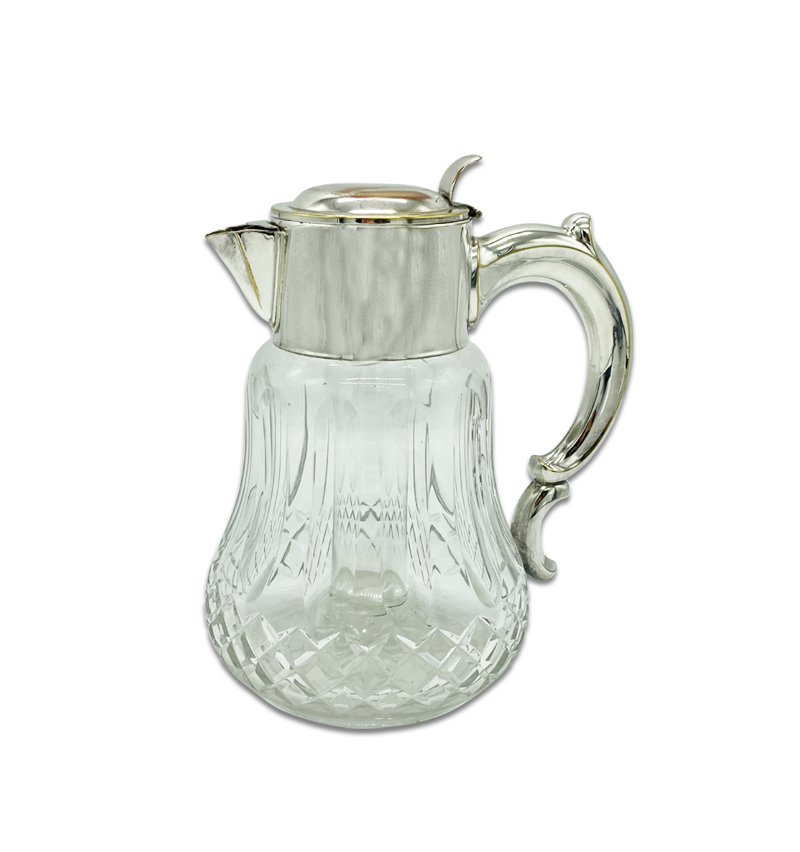
BÛCHE DE NOËL
Oh, you mean the Yule Christmas log? In ancient European homes, a large tree trunk was burned on the hearth for twelve days to symbolise the rebirth of the sun. Now, they’re rich chocolate sponge rolls layered with mousse or buttercream, covered in marzipan, dark brown frosting, holly leaves, red berries, and powdered sugar. The result is a delicious dessert that mimics a tree log!
WE MIGHT HAVE A SWEET TOOTH
There’s an amusing legend to how candy canes were invented. Originally white and straight, it’s said that in 1670, a choirmaster at Cologne Cathedral in Germany bent them to represent a shepherd’s staff and gave them to his charges to keep them quiet. The classic red-and-white stripes and peppermint flavouring were all added later in the 19th century.
